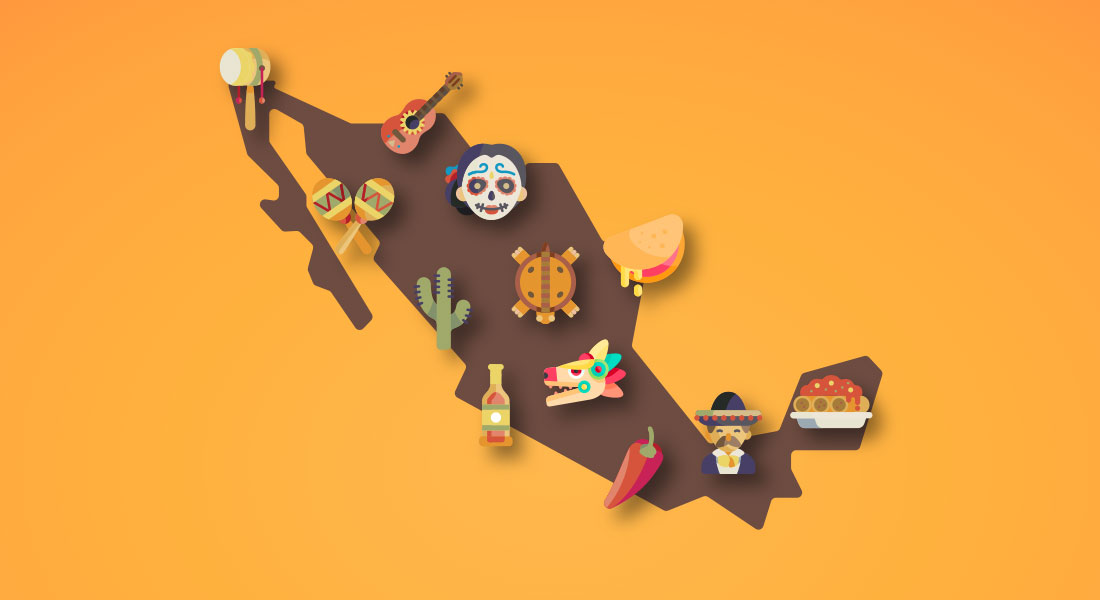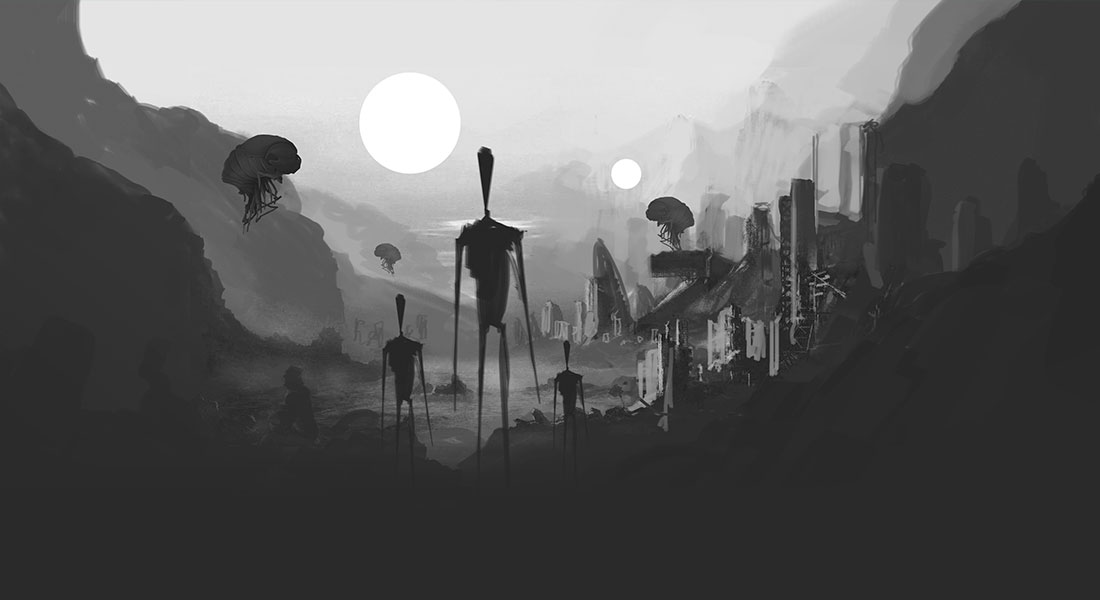


Mexico is a land of extraordinary diversity, both in its landscapes and its cultural expressions. From the lush jungles of Chiapas to the deserts in Sonora, from ancient ruins like Teotihuacán to colonial cities such as Guanajuato, and from vibrant traditions like Día de Muertos to its rich cuisine— our country offers a wealth of cultural and natural treasures.
Despite this, many Mexicans express a recurring sentiment of under appreciation or even disregard for our own heritage. This complex issue stems from historical, social, economic, and psychological factors that have shaped a national identity and a collective perception.
One significant reason lies in the enduring legacy of colonialism and the cultural inferiority instilled over centuries. The Spanish conquest not only decimated many indigenous civilizations but also imposed a system that deemed European culture superior. This mindset, though less overt today, has left deep psychological scars. For generations, indigenous identity and traditions were suppressed or devalued. Consequently, many Mexicans were taught—explicitly or implicitly—that progress and modernity are synonymous with foreign ideals, especially those from the USA or Europe. This has led some to internalize a sense of cultural inferiority, creating a subconscious disconnection from their own roots.
Another contributing factor is the socio-economic disparity that affects large segments of the population. When people are grappling with poverty, violence, or lack of opportunities, there is limited mental or emotional bandwidth left to appreciate culture. For someone who must work multiple jobs to survive, visiting a museum or reflecting on ancestral customs may feel like a luxury. Systemic problems like corruption, insecurity, and inadequate education often overshadow the nation´s positive attributes, reinforcing negative narratives about life in our country.
The education system itself has also played a huge role. While native history is taught, the focus is on rote memorization rather than critical engagement. Indigenous civilizations are mentioned, but not celebrated with the same pride as European or American achievements. National media has further contributed to the underappreciation of indigenous customs by promoting aspirational lifestyles modeled after foreign cultures and reinforcing the perceived superiority of white races, rather than elevating local traditions, achievements, and heritage.
Cultural appreciation can also diminish when people grow accustomed to their surroundings. For example, the breathtaking beaches of Oaxaca or the archaeological sites of Yucatán might be taken for granted by locals who view them as part of the everyday landscape. Similarly, traditional foods or festivals might lose their allure when perceived as low socio-economic traditions or associated with rural poverty. In contrast, tourists often marvel at these elements encountering them with fresh eyes and genuine curiosity.
Nonetheless, not all Mexicans are disconnected from their heritage. In recent years, there has been a resurgence of interest in indigenous languages, traditional medicine, local art, and ancestral cuisines. Grassroots movements, academic institutions, and even some influencers have helped spark a new wave of cultural pride. This generational shift encourages more people to reconnect with their identity and recognize the richness that has been a part of our culture.
The under appreciation of Mexico’s beauty, culture, and traditions is not a result of apathy or ignorance, but rather a complex interplay of historical trauma, socio-economic pressures, and cultural conditioning. Changing this narrative requires great a collective effort across all levels—educational, governmental, and societal—to reaffirm the value of Mexico´s legacy. When people are taught to take pride in where they come from and are given the tools to explore that heritage, appreciation naturally follows. Mexico doesn’t lack beauty or culture—it just needs to heal the wounds that have obscured its vision of itself.









